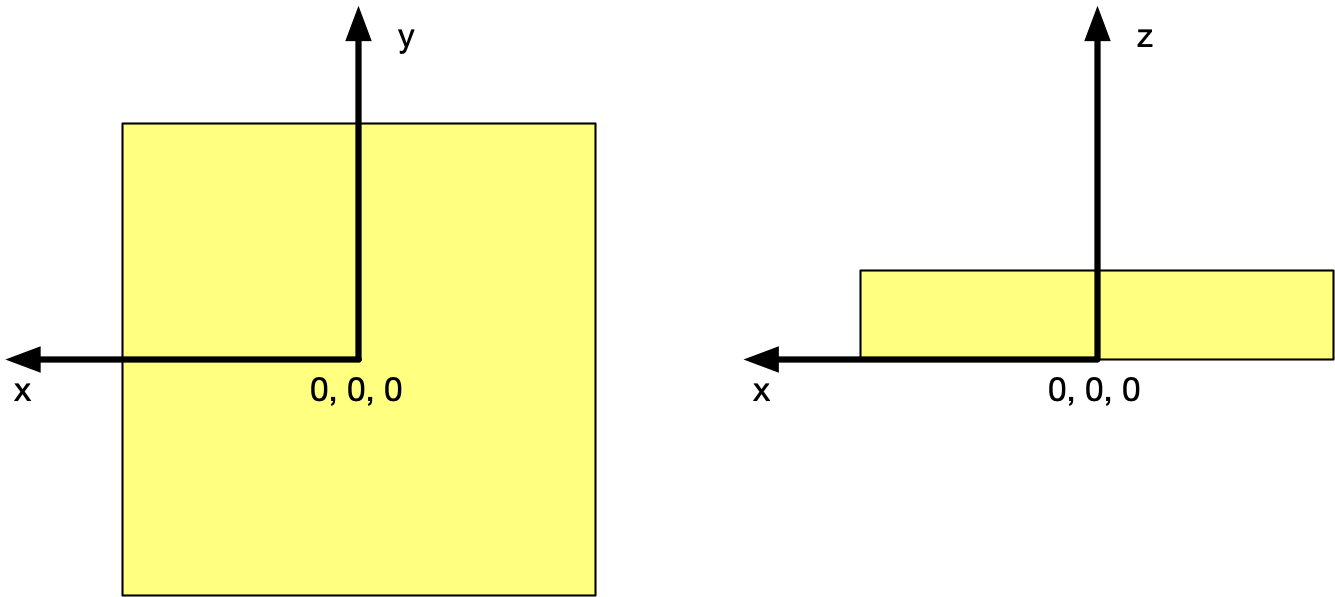4.3.1.2. NXattenuator¶
Status:
base class, extends NXobject
Description:
A device that reduces the intensity of a beam by attenuation.
If uncertain whether to use NXfilter (band-pass filter) or NXattenuator (reduces beam intensity), then choose NXattenuator.
Symbols:
No symbol table
- Groups cited:
Structure:
@default: (optional) NX_CHAR
Declares which child group contains a path leading to a NXdata group.
It is recommended (as of NIAC2014) to use this attribute to help define the path to the default dataset to be plotted. See https://www.nexusformat.org/2014_How_to_find_default_data.html for a summary of the discussion.
distance: (optional) NX_FLOAT {units=NX_LENGTH}
Distance from sample. Note, it is recommended to use NXtransformations instead.
type: (optional) NX_CHAR
Type or composition of attenuator, e.g. polythene
thickness: (optional) NX_FLOAT {units=NX_LENGTH}
Thickness of attenuator along beam direction
scattering_cross_section: (optional) NX_FLOAT {units=NX_CROSS_SECTION}
Scattering cross section (coherent+incoherent)
absorption_cross_section: (optional) NX_FLOAT {units=NX_CROSS_SECTION}
Absorption cross section
attenuator_transmission: (optional) NX_FLOAT {units=NX_DIMENSIONLESS}
The nominal amount of the beam that gets through (transmitted intensity)/(incident intensity)
status: (optional) NX_CHAR
In or out or moving of the beam
Any of these values:
in|out|moving@time: (optional) NX_DATE_TIME
time stamp for this observation
depends_on: (optional) NX_CHAR
NeXus positions components by applying a set of translations and rotations to apply to the component starting from 0, 0, 0. The order of these operations is critical and forms what NeXus calls a dependency chain. The depends_on field defines the path to the top most operation of the dependency chain or the string “.” if located in the origin. Usually these operations are stored in a NXtransformations group. But NeXus allows them to be stored anywhere.
The reference point of the attenuator is its center in the x and y axis. The reference point on the z axis is the surface of the attenuator pointing towards the source.
In complex (asymmetic) geometries an NXoff_geometry group can be used to provide an unambiguous reference.

TRANSFORMATIONS: (optional) NXtransformations
This is the group recommended for holding the chain of translation and rotation operations necessary to position the component within the instrument. The dependency chain may however traverse similar groups in other component groups.
shape: (optional) NXoff_geometry
Shape of this component. Particulary useful to define the origin for position and orientation in non-standard cases.
Hypertext Anchors¶
List of hypertext anchors for all groups, fields, attributes, and links defined in this class.